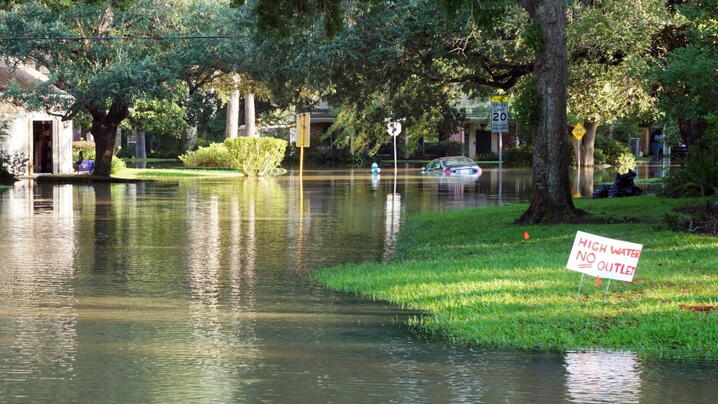
"There is no blueprint for this," explained Harold Dominguez, city manager of Longmont, Colorado, after the 1,000-year flood event that destroyed 1,852 homes and caused $4 billion in damage in the Boulder region in 2013. "No matter how much you plan, the unexpected is going to happen. You plan so that you can manage the unexpected."
Immediately after a natural or man-made disaster occurs, city and county managers start thinking about recovery. According to Ron Carlee, author of the ICMA Leading Edge Research Report, Leadership and Professional Local Government Managers: Before, During, and After a Crisis, "City managers must ensure that recovery planning starts immediately, is highly focused, and returns the community to normalcy as quickly as possible."
For some crises, recovery may be relatively quick. For other crises, recovery can extend for years.
Jane Brautigam, city manager of Boulder, Colorado, shares her experience with disaster recovery during the 2013 flooding in Carlee's report. Although the city of Boulder started out with one structure for recovery, they had to reevaluate when it did not prove useful. “We had parts of the town that were really bad and other parts that were not," explains Brautigam. "We had a divide. For some residents, things were normal; for others, their whole world was upside down. As a city, Boulder had to respond to both populations."
While the city did have a plan for disaster response in place, Brautigam noted Boulder did not have an advance plan for handling significant disaster recovery operations and having such a plan would have been helpful. However, the staff were able to develop a recovery structure in which the director of public works served as the recovery manager. “We created a parallel structure of three recovery teams: (1) infrastructure and city operations; (2) finance and FEMA; and (3) community services," says Brautigam. "We had not been through a recovery like this, and it took a while to get everyone on the same page.”
Many local managers can share stories of recovery lessons and changes they would make in the future. In this month's Leading Edge Monthly video, you can find some of the recommendations from city and county managers who shared their experience managing crises in Before, During, and After a Crisis.
Recommendations highlighted in the video include:
-
Establish specific recovery goals and regularly report on the progress.
-
Focus on resilience, not just rebuilding; that is, rebuilding smarter and better for a stronger and more resilient community.
-
Document everything thoroughly from the beginning, including taking pictures and video of damage, documenting purchases and staff costs with an explanation of the purpose and the process.
-
Support residents by working with other governmental units to draw on public and private mental health resources.
Want more recommendations on disaster recovery? Download the Leading Edge Research Report!
New, Reduced Membership Dues
A new, reduced dues rate is available for CAOs/ACAOs, along with additional discounts for those in smaller communities, has been implemented. Learn more and be sure to join or renew today!
